A well-appointed briefing on the latest news in the world of design, plus the buildings, projects and urbanism that have caught our eye.
|
Wednesday 13/8/25
|

|
|
London
Paris
Zürich
Milan
Bangkok
Tokyo
Toronto
|
|
|
|

lay of the land
This week’s dispatch is pulling out all the stops, or at least all the new modular and modernist-inspired bus stops popping up around Los Angeles. We then consider the emotional connectivity of good design with the creative director of South African brand Lemon, shoot for the stars with a space age-inspired lamp from Nanda Vigo and dig into the rebranding of a leading Australian landscape studio. Opening proceedings is Monocle’s associate editor, Grace Charlton.
|
|
OPINION: grace charlton
Living in a material world
“This is the book of the summer,” says my local bookseller as I buy a copy of Perfection by Italian author Vincenzo Latronico. It’s true. The book came recommended by a trusted source. I first spotted the minimalist, cobalt-blue cover (a Fitzcarraldo Editions signature) on the tube and then in the hands of sunseekers in London parks. After reading, I passed on my own copy to a colleague and discussed it with friends at dinner parties. At just 120 pages, Perfection is a succinct exploration of millennial malaise: it follows expat couple Anna and Tom, who live in Berlin and are deeply preoccupied with curating their lives in the attempt to find meaning through the objects that they surround themselves with. The first few pages detail their apartment: string lights, curved Danish furniture, brass candle holder and all. A small jungle of indoor plants includes monstera, fiddle-leaf fig, peperomia, alocasias, euphorbias and philodendrons. A black metal side table is stacked with “past issues of Monocle and The New Yorker”.
The premise of Perfection is an update on Georges Perec’s 1965 novel Les Choses, which chronicles the lives of Jérôme and Sylvie, a young Parisian couple who also seek a sense of self through their possessions: jade ashtrays, a brown-velvet sofa and leatherbound books signal the French mid-century zeitgeist. But an insatiable and financially unsustainable desire for more trinkets, tchotchkes, furniture and clothes drives them to a total rejection of this chosen milieu. They flee Paris for Tunisia. In Latronico’s 21st-century retelling, his protagonists also attempt to renounce their contemporary trappings but opt for digital nomadism in Sicily and Lisbon instead. Spoiler alert: despite moving countries, neither couple manages to escape themselves.

As I’m required to ponder design as a job (somebody has to do it), these two precautionary tales struck a chord. When does an obsession with objects become objective materialism? The truth is that I care deeply about my furniture, lights and homeware. And while they’re only possessions, they also distinguish the chapters of my life. Buying a sofa felt like a confirmation of adulthood. I cycle through phases of desire for one more item and disenchantment with what I already own. So I purchase and purge. Decluttering is an art form that I aspire to perfect.
Debating the pros and cons of materialism is a dead-end pursuit – and neither Latronico nor Perec come to any conclusions. With cost of living crises, economic disparity on the rise and wealth gaps widening, it’s unsurprising that this frustrating, late-capitalist climate also birthed Celine Song’s latest film, Materialists. Despite damning reviews, I found it shamelessly enjoyable. Without revealing too much about the somewhat predictable ending, the film confirms that money – and what it can buy you – will not provide your life with deeper meaning. Perfection, Les Choses and Materialists are simply polite reminders to exercise vigilance when prioritising what really matters in your life.
Grace Charlton is Monocle’s associate editor. For more news and analysis, subscribe to Monocle today.
|
|
The project: la bus stops, USA
Kerb appeal
The bus shelter has long been a quiet feature of city streets. Now, Los Angeles is proving its true potential with a network of smart, modular bus stops inspired by Californian modernism. Designed by US studio Skidmore, Owings & Merrill (SOM) with the help of Designworks, Studio One Eleven and Tranzito-Vector, the new shelters can adapt to meet the needs of various communities. Every model features digital displays with real-time bus arrivals, weather information and alerts. When space allows, it can stretch to include bike racks or e-lockers and components can be easily swapped or repaired.
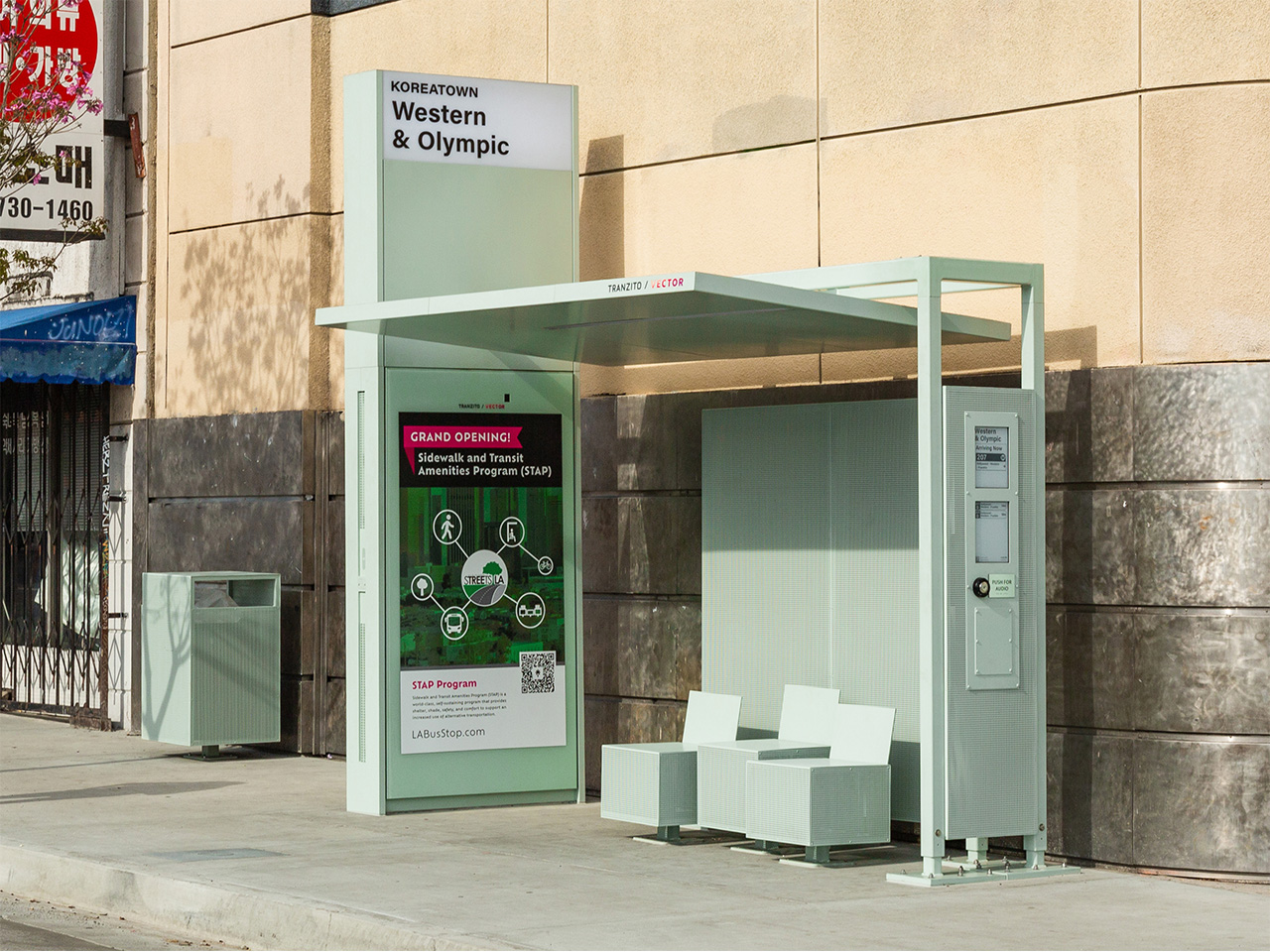
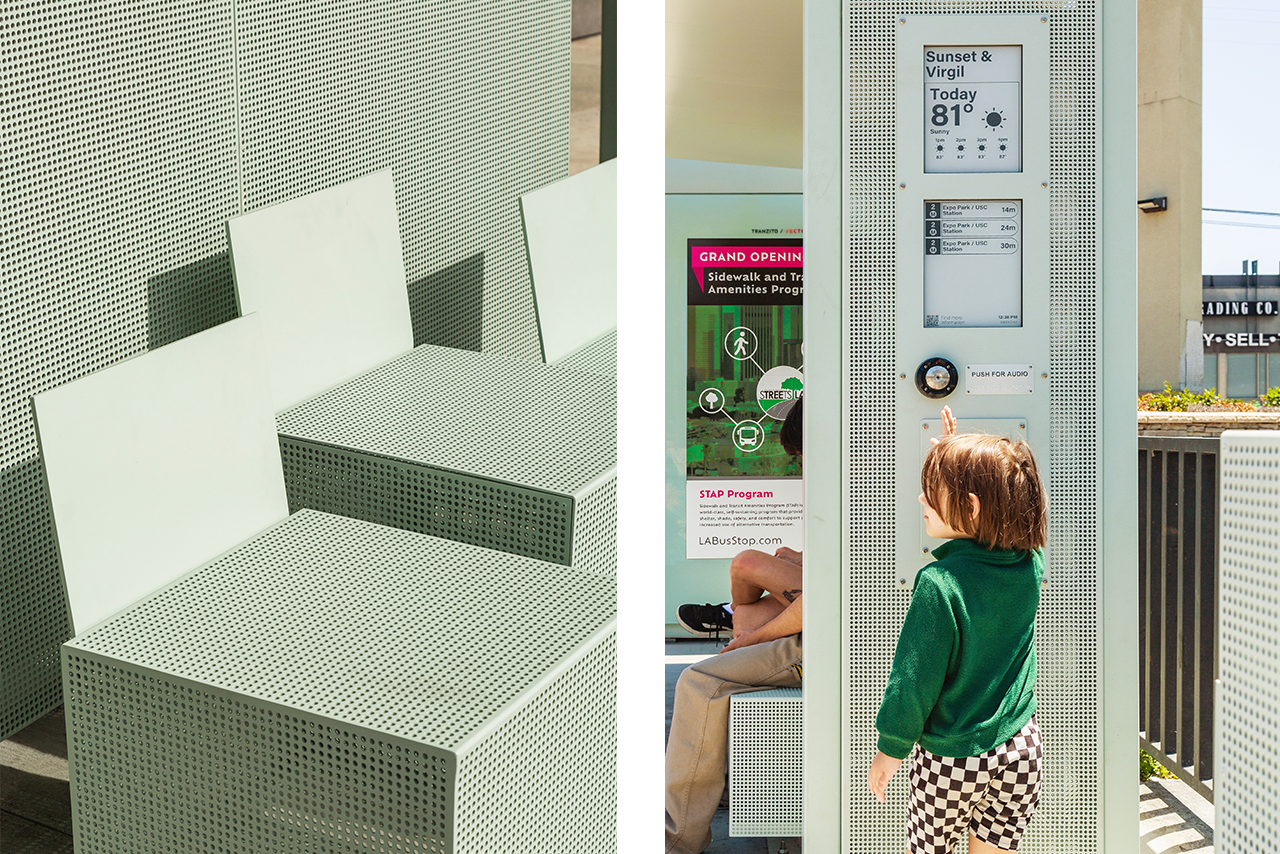
Los Angeles has installed 150 units so far, with 3,000 planned by 2030. The team aspired to create a design that is understated yet recognisable, such as the British bus stop. The steel frames are powder-coated agave green, which softens the visual clutter and echoes southern California’s native landscape.
“We wanted something that was a cultural icon but we also didn’t want it to be too ‘look at me’,” says SOM senior associate principal, Carlos Madrid. As climate change drives temperatures to unprecedented heights, the structures also provide critical shade in underprivileged neighbourhoods lacking tree cover. The result is proof that a well-designed bus shelter deserves a spot in every city.
som.com
|
|
words with... kevin frankental, south africa
Making sense
As the co-owner and creative director of South African design brand Lemon, Kevin Frankental shuns passing fads in favour of pieces that centre the materials – be it wood or marble – that they’re made from. Here he considers a dream commission, as well as his pursuit of design that prompts an emotional connection.
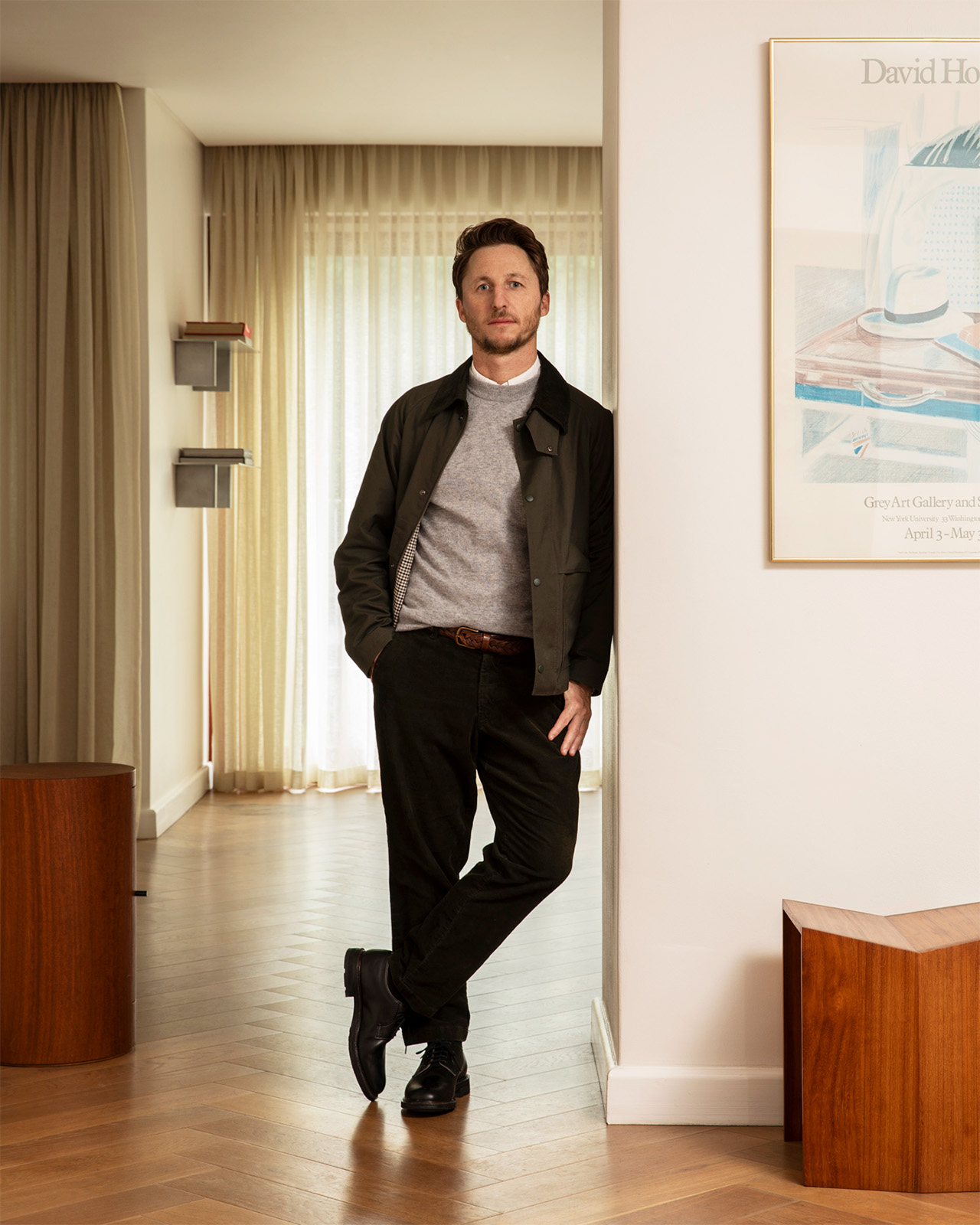
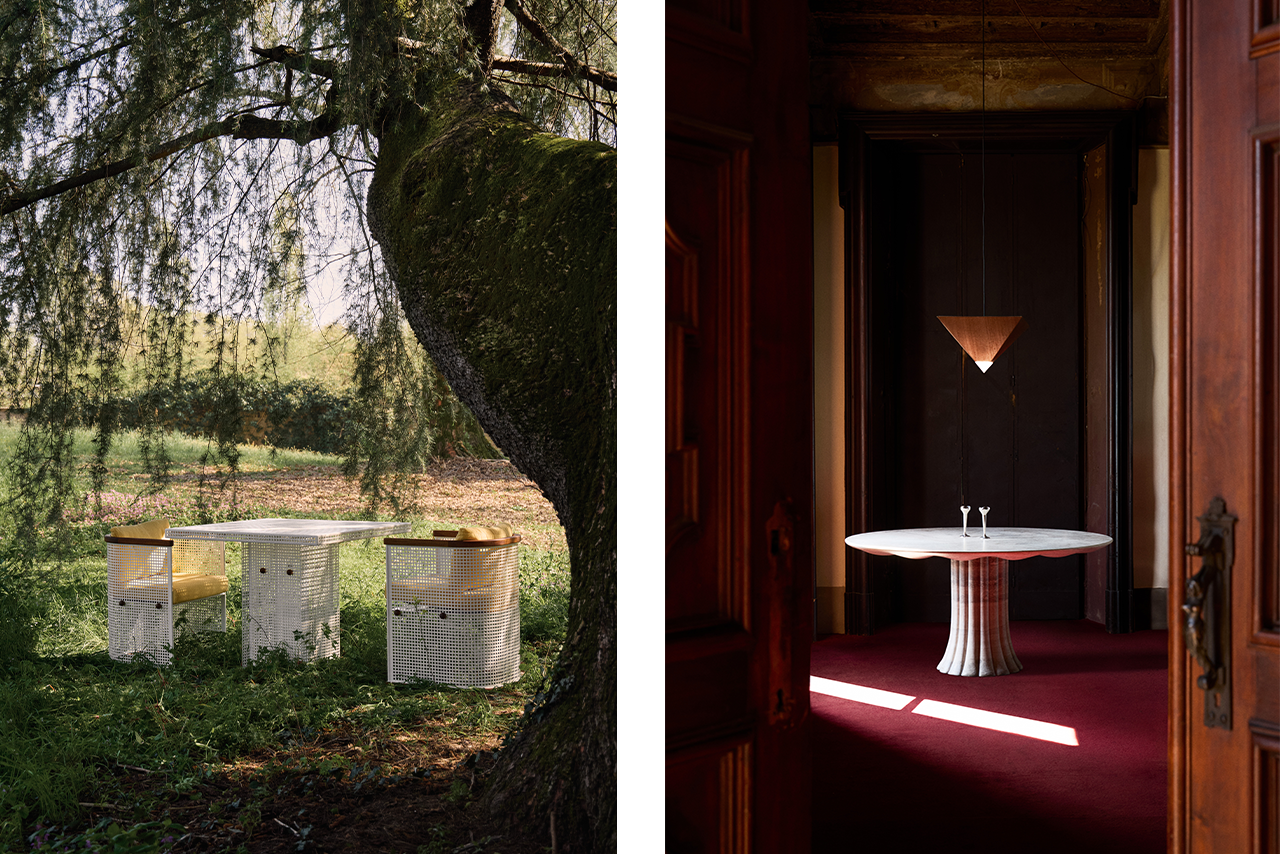
Which movement or designer has influenced you the most?
One of the things that I’m most proud of is that my furniture designs don’t feel overly tied to a particular period or movement. The common thread is a dialogue between the influence of the past and what makes something modern. But if I had to choose, I’d say [Austrian architect and designer] Josef Hoffmann.
The sky’s the limit: which piece of furniture would you love to own?
Sky’s the limit? Well then I’m using the whole budget: Rick Owens’ “Alabaster Bed”.
A recurring source of inspiration?
I much prefer how things used to be made, mainly because of the feeling evoked. A train carriage, a master timepiece, a lacquered wooden boat, a photograph shot on film. There’s an honesty in those materials and processes that speaks to the senses. Technology has dramatically improved our lives but you can’t simulate or design how something makes you feel. It’s that emotional response – that connection – that inspires me. I’m constantly asking myself how I can create that in a modern context without it feeling old.
A favourite project that you’ve worked on?
We recently unveiled new collections at Alcova as part of Milan Design Week. They’re set across two beautiful historic buildings on the outskirts of the city, Villa Bagatti Valsecchi and Villa Borsani, and the storied backdrop is a dream. Seeing visitors experience the new pieces in a Milanese setting was really special.
A dream commission?
I’d love to design a piece alongside a Japanese urushi [natural lacquer] craftsperson. I’m drawn to how slow and exact the process is. Each layer takes time and over weeks or months it builds into an object with real depth. I’d like to make something simple and sculptural. I’d want you to feel the hand behind it.
A priority for you and the industry going forward?
The beauty in imperfection. Buying new is absolutely fine but buy something that might stretch you a bit – something of real quality. Then understand that it will wear and that’s where the character comes from. The world is too obsessed with shiny perfection.
Which city has the best design scene? And where should we visit?
Paris. For galleries: Laffanour Galerie Downtown, Galerie Maxime Flatry and Galerie Anne Sophie Duval. For shopping: The Row, Rick Owens.
lemonfurniture.com
For more from the world’s leading designers, tune in to ‘Monocle on Design’ on Monocle Radio.
|
|
from the archive: Golden Gate lamp, Italy
Stellar job
Many furniture designs can be pegged to the “space age” but far fewer featured parts actually made by Nasa. In the late 1960s, Italian designer Nanda Vigo – whose work was once described by Ettore Sottsass as “interplanetary” – had an idea for a floor lamp made from chromed steel with a LED neon tube inside it. At the time this alternative to typical neon was an experimental technology that was only produced by the US space agency. Angelo Lelii, founder of Arredoluce, dutifully travelled to the Cape Canaveral headquarters to procure some.

The Golden Gate was predictably difficult to produce in large quantities and only a few dozen were ever made. Today’s technology has caught up with Vigo’s ideas and the parts needed for the lamp have become industry standard. Perhaps it’s time to put Vigo’s arch of light back into production – it still makes a stellar statement.
|
|
in the picture: Land + Form, Australia
Barefoot branding
“Landscape architects are seen as the ‘hippies’ of architecture.” This was the feedback given by the team at Sydney-based landscape studio Land + Form to branding specialists Studio Mimu. The latter had been charged with delivering a new identity to the former and, rather than seeing this countercultural feedback as a bad thing, the creative team saw it as an opportunity. “We knew that this was a great jumping off point for creating something that emphasised nature over ego,” says Mike Souvanthalisith, who co-founded Studio Mimu with Muriel Ann Ricafrente.
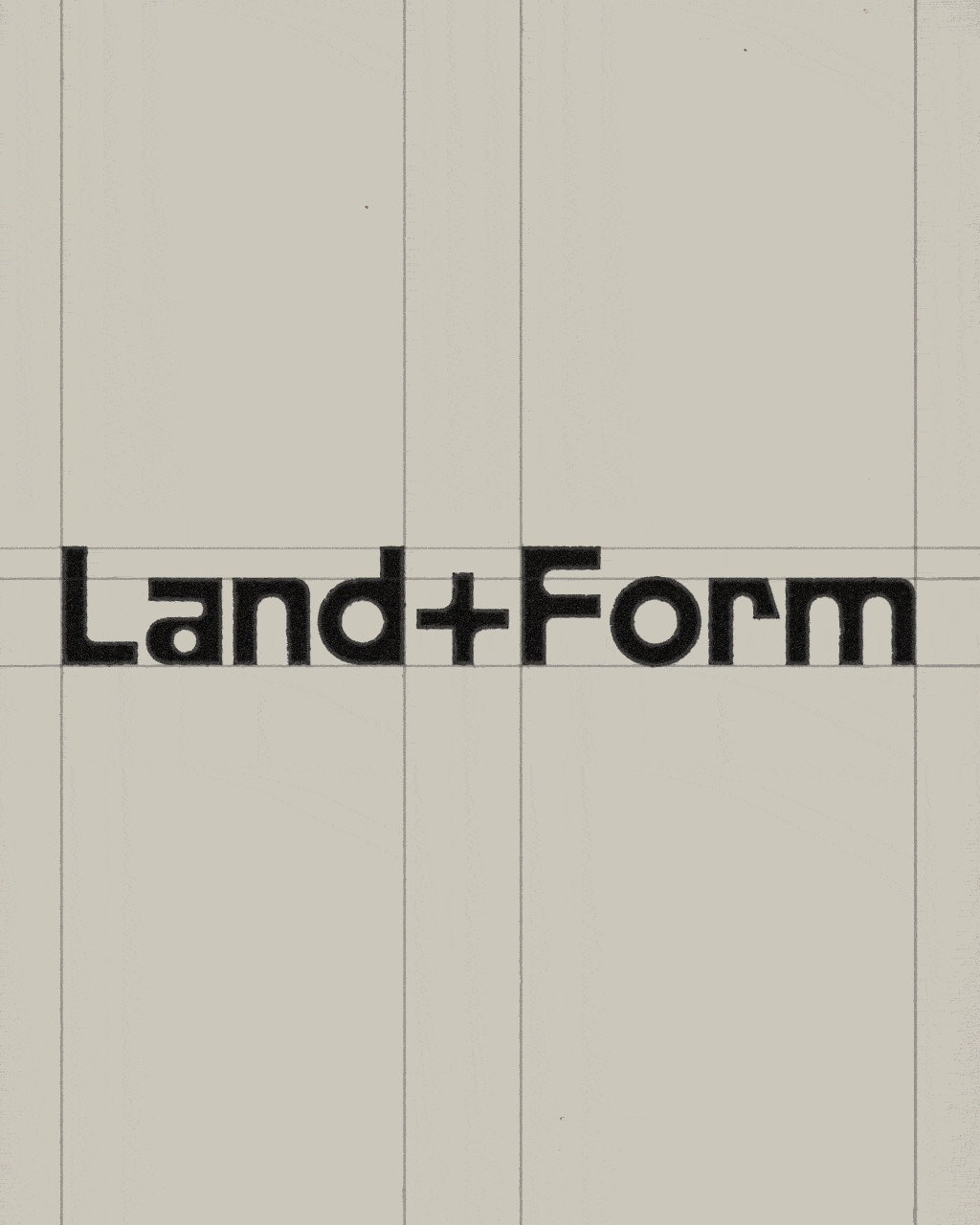
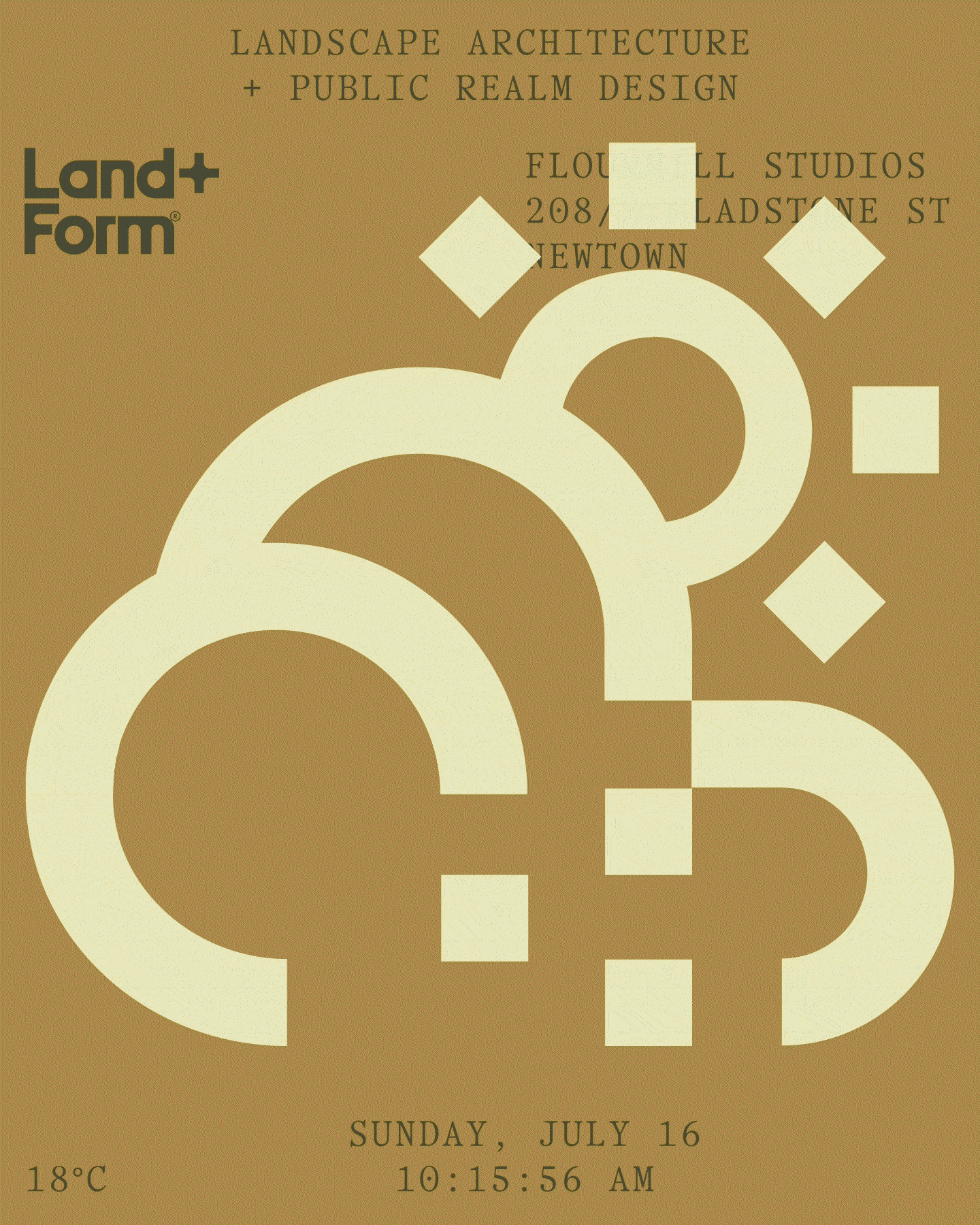
The resulting identity, brand guidelines and website design features an earthy suite of colours that draw inspiration from native Australian landscapes – plus a new logo, created by cutting a custom version of the “Reform” typeface from digital foundry Source Type. “The pairing of chamfered shapes and sharp corners [on the logo] was inspired by the team’s philosophy around creating harmony between people, place and country,” says Ricafrente. Hippies, sure – but certainly ones with good taste.
studiomimu.com; land-form.com.au
|
|
Image credits:
James Juarez, Getty Images, Sarah de Pina, Inge Prins. Illustration: Anje Jager
This email is from Monocle whose
registered office is at Midori
House, 1 Dorset Street, London,
W1U 4EG. You have received this
email because you have previously
provided us with your email
address and subscribed to Monocle
bulletins.
© 2025 Monocle
|
|
|